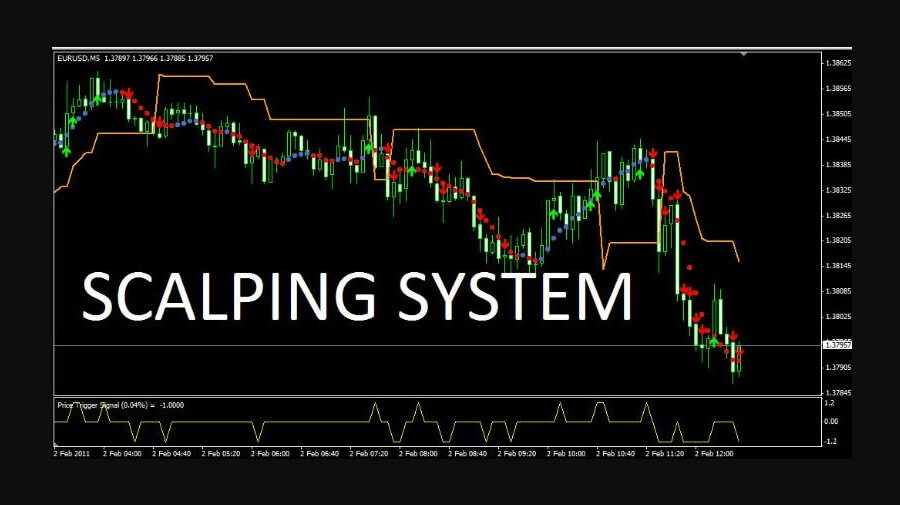What is Scalping in Trading? Understanding Scalping
What is Scalping in Trading: A Beginner’s Guide to Swift Profits
If you’ve dipped your toes into the vast ocean of trading, you may have come across the term “scalping.” Don’t worry if it conjures images of sharp objects – we’re not talking about a hair-raising experience here. In the world of trading, scalping refers to a technique employed by traders to seize quick profits from small price fluctuations. In this article, we will dive deeper into what scalping entails, its potential benefits and risks, and how you can get started with this lightning-fast trading strategy.Understanding Scalping: Snatching Profits in the Blink of an Eye
Scalping, as the name suggests, involves making rapid trades with the goal of pocketing small but frequent gains. Picture yourself as a nimble predator preying on fleeting opportunities in the market. Scalpers typically target liquid markets where prices can swiftly change within short timeframes, such as foreign exchange (forex), stocks, or cryptocurrencies. In essence, scalping revolves around capturing the spread, which refers to the difference between the bid and ask prices of a financial instrument. By aiming for quick trades, scalpers capitalize on these small price differentials, often holding positions for just a few minutes or even seconds. It’s like harnessing the power of a hummingbird’s wings – rapid, precise, and purposeful.
The Benefits of Scalping: Lightning Strikes of Profit
Scalping has gained popularity among traders due to several advantages it offers. First and foremost, it provides an opportunity to generate quick profits, as multiple trades can be executed within a short span of time. This active trading style allows scalpers to capitalize on even minor price movements, amplifying their chances of success. Moreover, scalping can be particularly appealing for traders with limited capital, as it does not require substantial funds to get started. The focus on small price differentials means that scalpers can engage in trading even with lower account balances. This accessibility opens doors for newcomers who want to dip their toes into the trading world without a significant upfront investment.The Risks Involved: Navigating Choppy Waters
While scalping presents enticing prospects, it is essential to understand the risks associated with this fast-paced strategy. The lightning-fast nature of scalping can lead to increased trading costs, mainly due to frequent transactions and potential slippage. Slippage occurs when the execution price deviates from the expected price due to market volatility, resulting in higher expenses and reduced profits. Additionally, scalping demands utmost focus, discipline, and sharp decision-making skills. It requires traders to constantly monitor the market, swiftly analyze price movements, and execute trades promptly. Such high-frequency trading can be mentally and emotionally demanding, necessitating a calm and composed mindset.Getting Started: Keys to Scalping Success
Now that you have a solid understanding of what scalping entails, you might be eager to give it a try. Here are a few essential tips to help you embark on your scalping journey:- Choose the right market: Opt for highly liquid markets that exhibit volatility and rapid price changes, allowing for swift trade execution and ample opportunities.
- Develop a robust strategy: Craft a well-defined scalping strategy that incorporates technical indicators, risk management rules, and entry/exit criteria. Backtest your strategy and make adjustments as necessary.
- Time your trades wisely: Identify periods of heightened market activity and volatility, as scalping thrives in such environments. Economic news releases or market openings can be opportune moments for scalpers.
- Utilize technology: Leverage trading platforms and tools that offer real-time market data, quick order execution, and advanced charting capabilities. Automated trading systems can also streamline the process.
